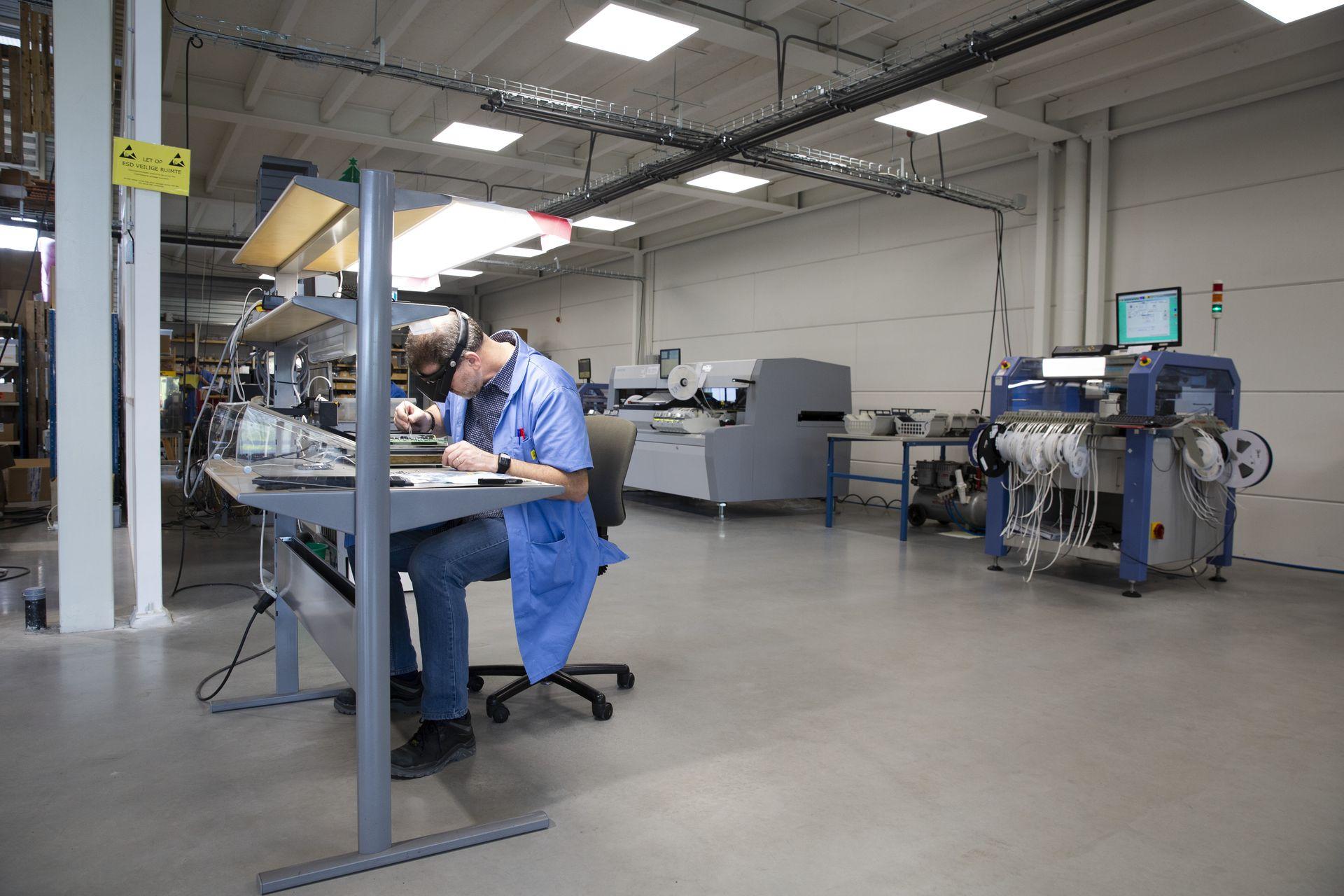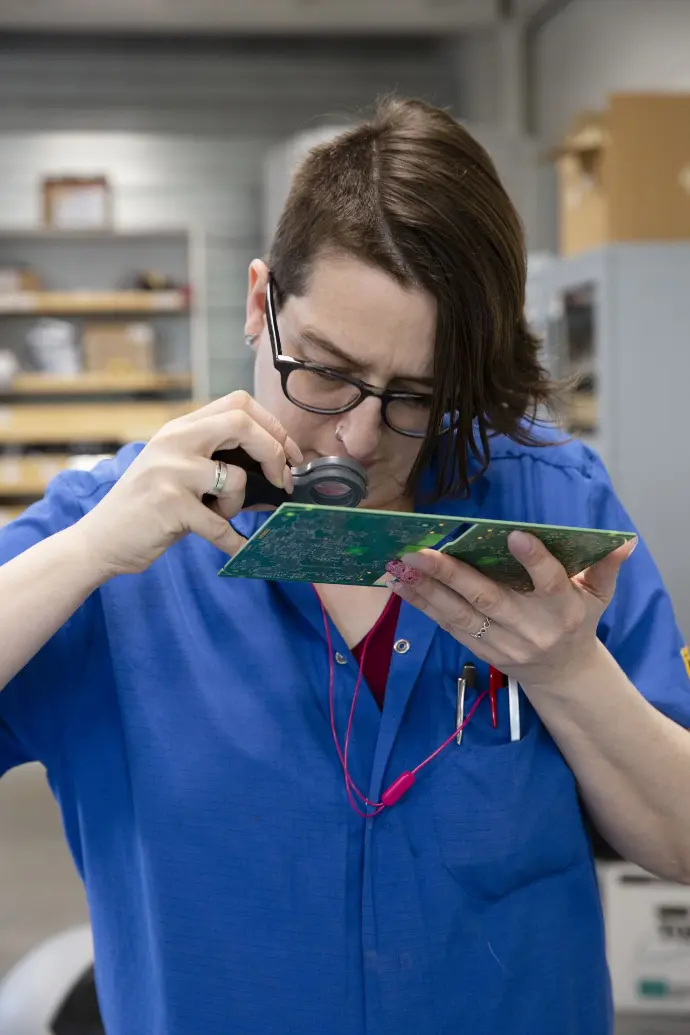What is involved in the step from prototyping to serial production
Transitioning from prototyping assemblies to larger serial production involves several key steps:
Design Validation
Ensure the prototype functions as intended, validating the design for manufacturability (DFM) and considering any revisions needed for large-scale production.
Supplier and Material Selection
Secure reliable suppliers for components, ensuring availability at scale. Establish partnerships with contract manufacturers who can meet the desired production volume.
Tooling and Equipment Preparation
Prepare or acquire specialized tooling, such as stencils and custom fixtures, and ensure that production equipment (e.g., pick-and-place machines, soldering systems) is capable of handling the production volume.
Quality Control and Testing
Develop rigorous testing protocols for quality assurance, including in-circuit testing (ICT) and functional testing to catch defects early. Implement process controls to maintain consistency.
Pilot Run
Start with a pilot run to identify any issues in the production line. This helps refine the process, tweak machine settings, and confirm that assembly can be scaled smoothly.
Up scaling
Once the pilot run is successful, scale up production while continuously monitoring for quality and supply chain reliability. Implement efficient logistics for assembly, packaging, and distribution.
By following these steps, the transition to larger-scale PCBA production becomes manageable and efficient.
Specializations
- (Double-sided) SMD Assembly
We offer precise double-sided Surface-Mount Device (SMD) assembly, accommodating components on both sides of the PCB for efficient use of space and enhanced design flexibility. - BGA and FPGA Placement
Expert placement of Ball Grid Array (BGA) and Field-Programmable Gate Array (FPGA) components ensures reliable connections and performance in high-density, complex electronic designs. - Odd-Shape Components and Chips
We handle assembly of components and chips of various shapes and sizes, including irregularly shaped parts, ensuring versatile and customized solutions for unique design requirements. - Assembly of Very Small and Complex Designs
Our team specializes in assembling intricate and compact designs, providing high-precision assembly for the most demanding and detailed electronic projects. - Mounting of (Complex) Flex PCB
Expertise in mounting complex flexible PCBs, enabling compact, bendable, and lightweight circuit solutions for advanced applications where traditional rigid boards are unsuitable. - Through-Hole Assembly
We provide through-hole assembly services for components requiring strong mechanical bonds, ideal for products subjected to high stress or requiring robust electrical connections. - SMD & Through-Hole Combination
Combining SMD and through-hole assembly techniques allows us to optimize designs for performance, cost, and space, offering a flexible approach to complex electronic assemblies.
All our production staff hold the internationally recognised IPC-A-610 certificate. They are trained and periodically tested by our internal IPC trainer.
All production processes are conducted in an ESD-safe environment, protecting sensitive electronic components from electrostatic discharge and ensuring the highest level of product integrity.



